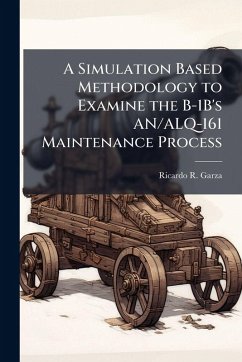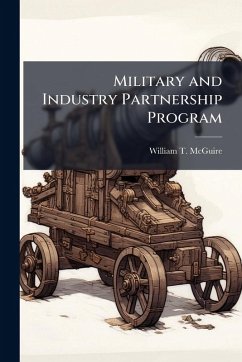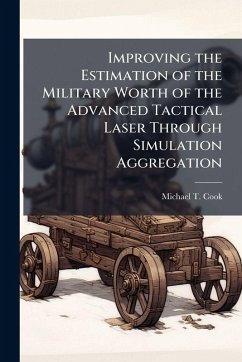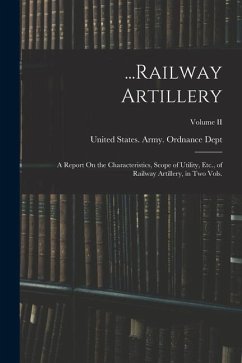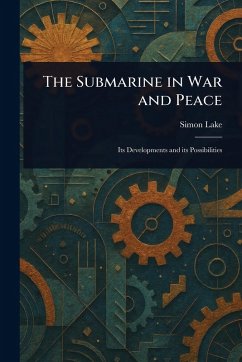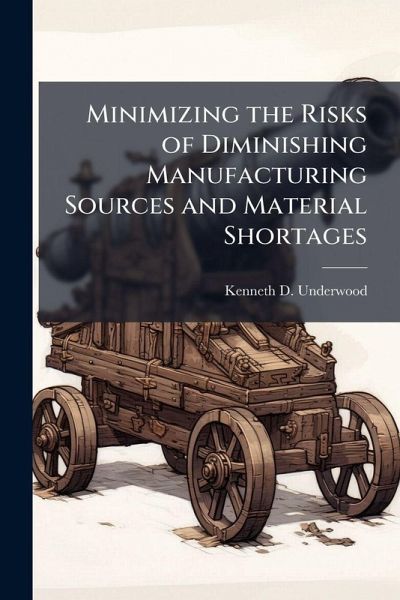
Minimizing the Risks of Diminishing Manufacturing Sources and Material Shortages

PAYBACK Punkte
8 °P sammeln!
The Air Force faces increasingly difficult challenges to maintain and sustain its highly technical weapon systems, struggling against rapid technology advancement and diminishing lifecycle for electronic systems. The reduced lifecycle times have not only complicated sustainment, the lifecycles have diminished to the point that new military aircraft designs face challenges of obsolescence within the manufacturing cycle, and in some cases before manufacturing even begins. This research project explores Diminishing Manufacturing Sources and Material Shortages (DMSMS) and obsolescence cost associa...
The Air Force faces increasingly difficult challenges to maintain and sustain its highly technical weapon systems, struggling against rapid technology advancement and diminishing lifecycle for electronic systems. The reduced lifecycle times have not only complicated sustainment, the lifecycles have diminished to the point that new military aircraft designs face challenges of obsolescence within the manufacturing cycle, and in some cases before manufacturing even begins. This research project explores Diminishing Manufacturing Sources and Material Shortages (DMSMS) and obsolescence cost associated with electronic avionic components. The overall research question asks how obsolescence management can be improved in the Air Force. This project utilizes two integrated models, the first, to determine electronic avionics demand requirements for a fleet of 96 aircraft over a 30-year period, and the second, to evaluate sustainment cost over time for a) re-engineering strategy, b) lifetime buy strategy, and c) programmed redesign strategy. Statistical analysis and long-term cost comparison of these three strategies will provide a framework to evaluate specific weapon systems for future studies and to develop an attainable low-cost sustainment strategy. This work has been selected by scholars as being culturally important, and is part of the knowledge base of civilization as we know it. This work was reproduced from the original artifact, and remains as true to the original work as possible. Therefore, you will see the original copyright references, library stamps (as most of these works have been housed in our most important libraries around the world), and other notations in the work. This work is in the public domain in the United States of America, and possibly other nations. Within the United States, you may freely copy and distribute this work, as no entity (individual or corporate) has a copyright on the body of the work. As a reproduction of a historical artifact, this work may contain missing or blurred pages, poor pictures, errant marks, etc. Scholars believe, and we concur, that this work is important enough to be preserved, reproduced, and made generally available to the public. We appreciate your support of the preservation process, and thank you for being an important part of keeping this knowledge alive and relevant.



